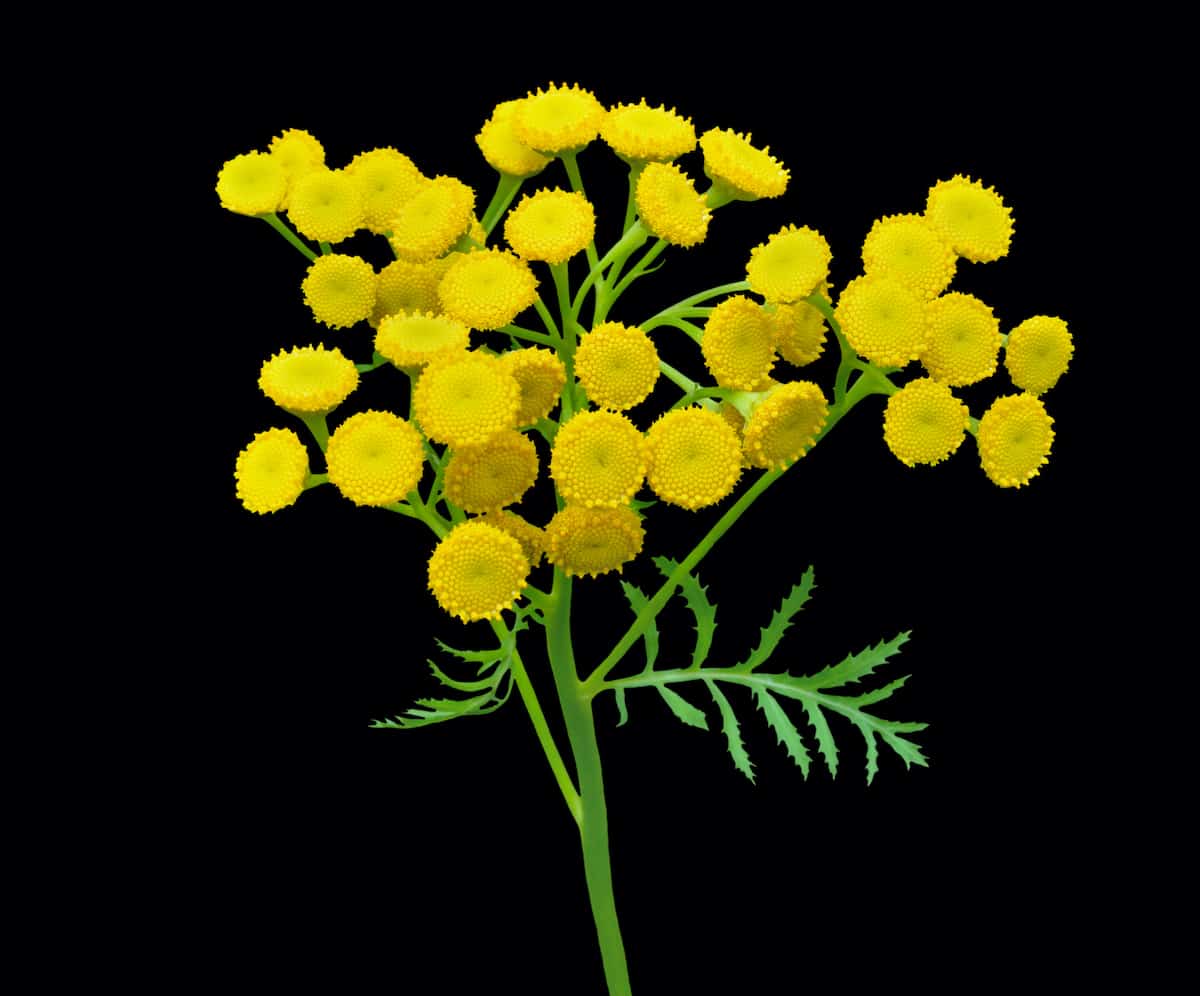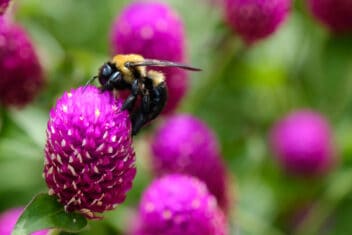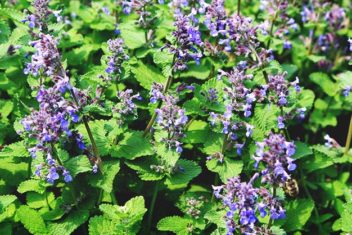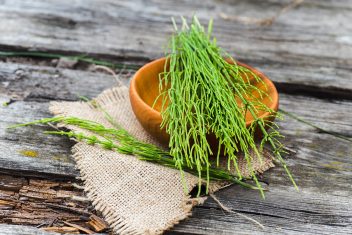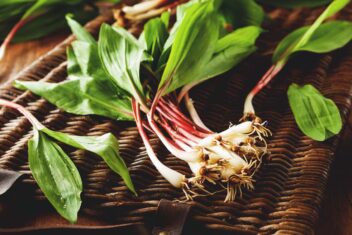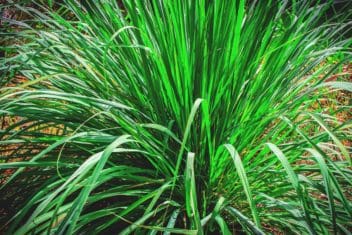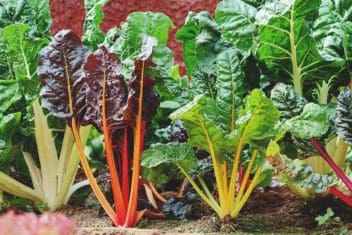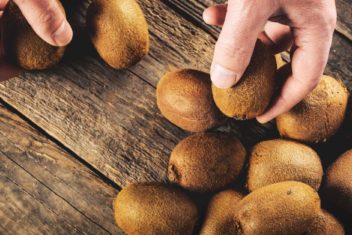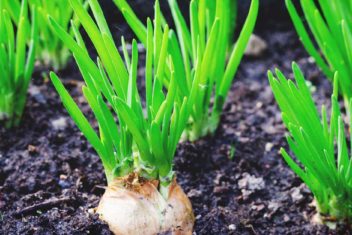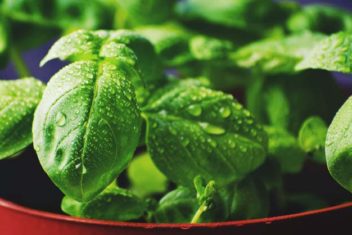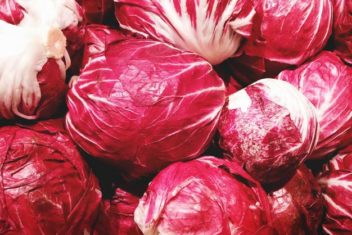Whether you’re interested in obscure plants, or just like to try growing unique species to your space, costmary makes a great addition to any garden. It’s gloriously fragrant, has a wonderful history, and a number of different culinary, medicinal, and household uses.
Curious to know more? You’ve come to the right place.
Read on to learn more about this lovely little plant, and how to cultivate it in your own space.
All About Costmary

If you’ve never heard of costmary (Tanasetum balsameta) before, don’t worry—you’re not alone. Although this herb was incredibly popular for cooking, baking, and brewing for centuries, it fell out of favor in the 1800s.
Now, it’s mostly used as a decorative plant in medieval gardens, or as a flavoring agent by trendy craft brewers.
In fact, the main reason those fancy brewmasters are fond of using this plant is because of his history. Before hops became the darlings of brewers everywhere, costmary was used to add a spicy, sweet note to beer and ale.
Hence its primary alternative name: alecost.
Costmary is an extremely fragrant plant that smells and tastes a bit like spearmint. In fact, the second word in its Latin name, balsameta, reflects this. That word associates it with “balsam”, referring to a spicy fragrance.
The “cost” part of “costmary” likely derives from the Asian Costus plant, which is related to ginger.
The latter part refers to its association with the Virgin Mary. This could be because the plant has mild analgesic properties, and can be made into a tea to alleviate menstrual cramps and childbirth pain. As a result, it’s also known as Mary’s mint, lady’s balsam, and lady’s herb.
If you take a look at costmary and find yourself thinking of tansy and/or feverfew, well done! This species is a cousin to both, and as such, has similar growing requirement.
Planting Costmary
Unlike other Asterceae members like chamomile, echinacea, sunflower, etc., costmary doesn’t propagate well from seed. Some experts claim that you can make magic happen if you stratify seeds in the fridge for a month before sowing them. Others claim that root division is the best (or only) way to propagate this lovely plant.
Ultimately, your best bet for growing it is probably to get rooted seedlings from a garden center. Alternatively, you may be able to score some rhizomes from a friend or neighbor who already has it growing in their space.
Sunshine and Environment
When you’re planning your herb garden, it’s important to observe the space well so you get a strong sense of where light and shadow fall over the course of the growing season.
There are few things as frustrating and disappointing than thinking you’ve found the ideal location for a fabulous plant, only to discover that it gets shaded out by mature trees at the height of summertime.
Costmary is one of many plants that just won’t flower if it doesn’t get sufficient sunlight. Like most other members of the daisy (Asteraceae) family, it needs a good 6–8 hours of direct sunshine daily.
This herbaceous perennial plant is also a bit fussier when it comes to its growing zone. While other aster cousins can thrive in a wide variety of agricultural zones, costmary does best within USDA zones 5 through 8. It can be grown as low as zone 4 or as high as zone 9, but it needs additional care to do so.
In fact, if you’re outside of the ideal zones but still want to try growing it, cultivate it in pots. That way, you can move them outside when it’s sunny, but shelter them indoors if gets too hot or too cold.
Soil and Bed Needs
Another reason why costmary is best grown in pots is that it can spread quite aggressively. Its roots like to stretch out, and if you pop it into a sunken bed, it may take over that entire area within a few years.
If you’re planning to use it for culinary purposes, you really only need one plant. Otherwise, if you’d prefer it as a decorative plant, you can use it as border edging.
It can grow up to two feet tall, so take that into account when planting it with suitable companion species. You’ll also need to space them at least three feet apart, or they’ll crowd each other out.
Costmary likes humus-rich, pH neutral, well-drained soil. Work some sand or perlite into the soil to assist with drainage, and even more if you’re planting in containers. This will keep the soil from compacting.
As mentioned, costmary is mostly propagated from root cuttings. You can, however, also grow it from immature stem cuttings. If you know someone who has a mature plant, ask to take some cuttings that are at least six inches tall, with a few leaves already growing.
Take your cuttings either in late spring or early autumn—not when the plant is in full flower. Get some organic potting mix, and dip the cut ends in rooting hormone.
Plant these in the potting soil and water in well, and grow indoors in a sunny spot. Keep consistently moist, making sure they get all the sun they need while they establish their root systems.
Harden these off gradually once they start to produce more leaves. Then, when they seem ready to survive outside, transplant them into your garden beds or outdoor containers.
Caring for Costmary
This herb likes soil that’s kept moist, but not soggy. Water it when its growing medium starts to feel a bit dry, but not so often that it gets mucky. Aim for a couple of times per week, but increase that during very hot, dry periods.
Costmary is a late-season bloomer, and its flowers generally won’t appear until sometime between late August and October.
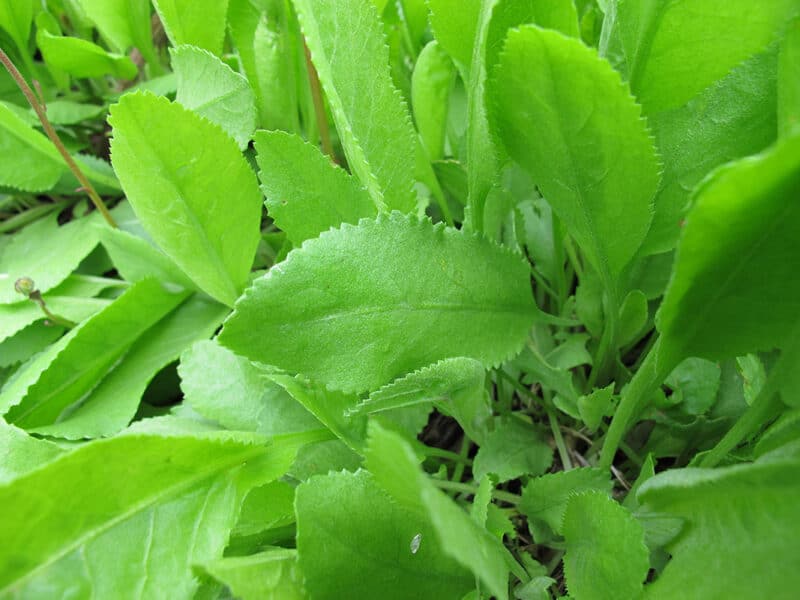
Since costmary is grown for its leaves rather than its flowers, go ahead and cut off the blooms as soon as they appear. This will help the plant bush out rather than getting leggy.
If you’re growing this plant in the soil rather than containers, you’ll need to divide the roots every 3–4 years.
You don’t need to offer this plant any fertilizer. If, however, you’re growing it in amongst other plants, try to keep it with other leafy greens. It can benefit from occasional bits of extra nitrogen, but giving it too much phosphorous will encourage more flowers than you want.
Costmary Pests and Diseases
One great thing about costmary is that it really isn’t bothered by many pests or diseases. Its powerful, minty fragrance fends off most insects and animals, and it isn’t susceptible to blights or mildews.
The main issue you may face is overwatering. Yes, it likes soil that stays fairly moist, but it can do just fine with a fair bit of time between waterings.
If you find that your plant is drooping, or its leaves are yellowing, ease off on the water flow. Let the soil dry out a bit, and then give it occasional sips until it perks back up again.
Companion Planting
Costmary can be an aggressive grower, so it can crowd out weaker plants. Keep that in mind when growing costmary in your garden space.
Try growing costmary with comfrey, borage, or nasturtiums.
How to Use Costmary
In addition to its aforementioned use as a beer flavoring agent, this green herb can be eaten raw or added into foods. If you’re adding it to salads, choose the very young leaves, as they’re both milder, and less fibrous than more mature ones.
Also, be sure to use them sparingly in dishes, as they’re incredibly pungent. A little goes a long way, and you don’t want them to overwhelm other, more subtle flavors.
Remember that costmary leaves smell and taste a lot like spearmint. Think about the different ways that you’d use mint in your cooking, and go that route.
This is why the leaves are fantastic in herbal tea, but may not go well with pasta or roasted chicken. They might be nice to flavor certain preserves, however, so experiment with them in jams, jellies, etc.
When harvesting leaves for various uses, just cut them off with a clean pair of garden snips. Then, you can dry them and crumble them into potpourri, or lay them flat in amongst linens to scent them lightly.
The dried flowers make lovely floral displays as well.
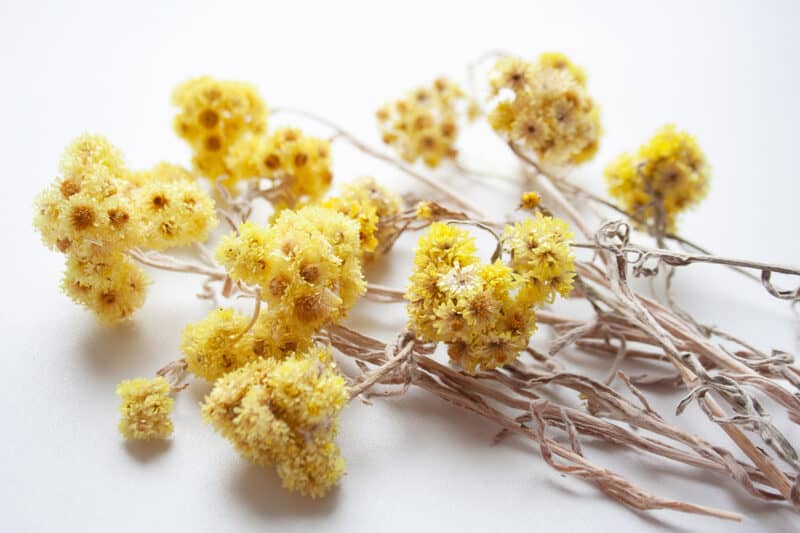
You can also use the leaves as a steam inhale for bronchial issues or stuffy sinuses. Just steep a handful of crushed fresh or dry leaves in a bowl of boiling water. Cover your head with a towel, and inhale the steam to alleviate coughing or wheezing.
Additional Uses
Interestingly, one of costmary’s other well-known monikers is “Bible leaf”. This is because the plant’s large, flat, hardy leaves make ideal bookmarks. In past centuries, people used to save and dry the leaves to mark their place in what was likely the most well-read book in their home.
Your library is most likely far more extensive than theirs were. As a result, be sure to save plenty of leaves to use as bookmarks in your own favorite tomes.
When you’re not using these leaves as bookmarks or tea ingredients, store them in large, airtight glass containers. Make sure they’re dried well before being stored so they don’t get moldy, and keep them out of direct sunlight.
Enjoy!
